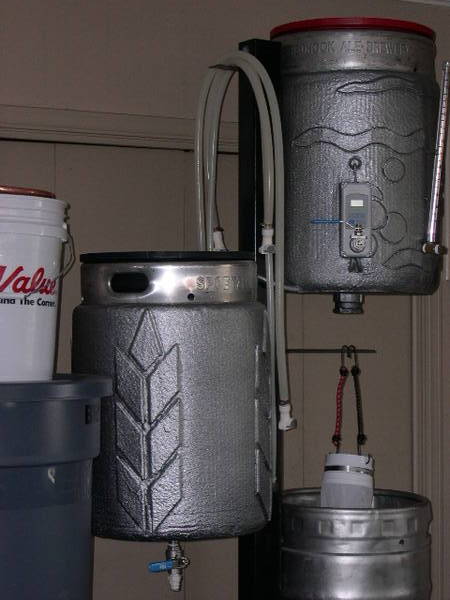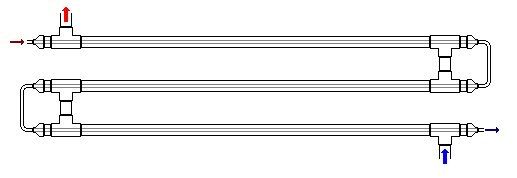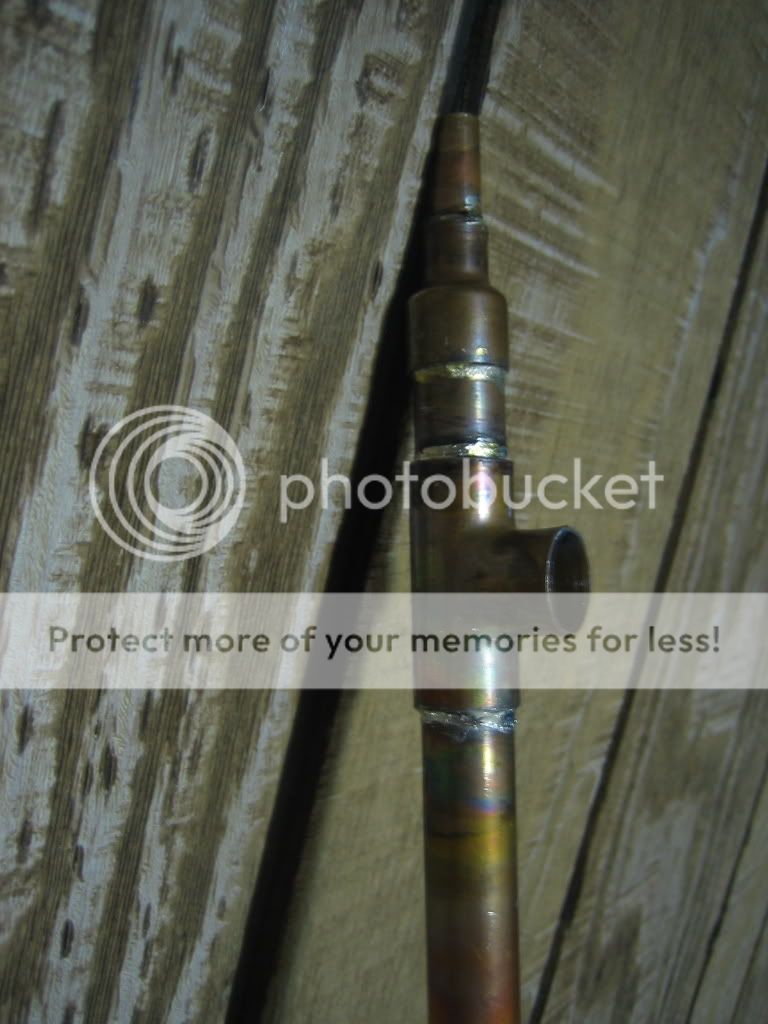Just wanted to post, because I am still trying to figure out what I am going to do for my system and came up with this

to control anything that gets past my false bottom. A very simple screen that catches all the big stuff. Here's another view and then a view of it in the bottom center of my mash tun.


I love having the drain for my mash tun in the absolute lowest part of my tun for 100% complete drainage or the wort. This thing solved any problems with debree and I am confident it would work well with my Therminator in a HERMS setup. Just thought I'd show it off for others to get ideas from. It screws into the top of the welded coupler even though the coupler is supposed to be one sided threads. Doesn't need to be water tight in its connection to serve its purpose.

to control anything that gets past my false bottom. A very simple screen that catches all the big stuff. Here's another view and then a view of it in the bottom center of my mash tun.


I love having the drain for my mash tun in the absolute lowest part of my tun for 100% complete drainage or the wort. This thing solved any problems with debree and I am confident it would work well with my Therminator in a HERMS setup. Just thought I'd show it off for others to get ideas from. It screws into the top of the welded coupler even though the coupler is supposed to be one sided threads. Doesn't need to be water tight in its connection to serve its purpose.








